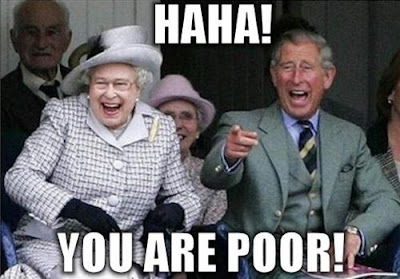What we definitely know about Phantom and Panda Updates:
- Phantom and Panda updates are about onpage quality, whatever it might mean;)
- Duplicated content fraction of a given page is one of the most important factors, which rank a page down
- Duplicated content can be easy measured
SERPs disintermediation - Google battles intermediaries
There is a Federal trade Comission's
report, about how Google misuses its prevalence to kick off intermediary players from some search verticals, like comparison sites or aggregated shopping, where sites sell products from different manufacturers.
Google means,
intermediary businesses are poachers and steal Google's money. Google
means, SERP is the place for users to see original manufacturers or
direct service provider. SERP should be not the place for intermediary
services, cause they are secondary. And the sign of secondarity is easy
to measure: it is the fact of presence and the proportion of the
duplicated content.
The intermediary job to compare and
to aggregate stuff and user voice would belong only to Google, because
only Google were good, honest, and, last, but not least, it doesn't
offer duplicated content - it's just a search engine, not?
Google is a strong rival, playing by own rules. But do you still want to survive this battle?















